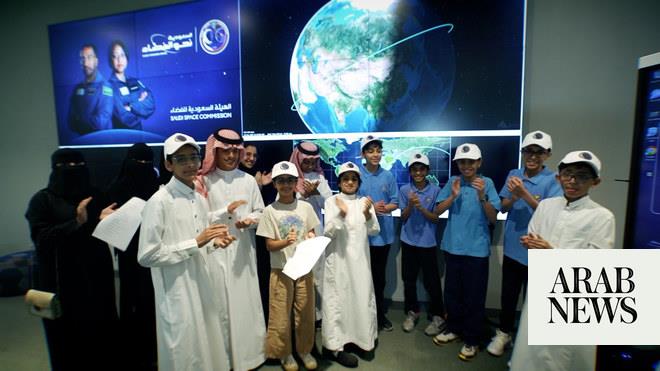
NASA has been conducting plant studies in space since the 1970s, but this particular experiment, was initiated by astronaut Kjell Lindgren in 2015.
NASA continues to captivate the world with its latest revelation. This time, the focus is not on distant celestial bodies or breathtaking images captured by telescopes, but rather on a stunning flower that flourished in the most improbable of environments.
On Jan. 16, 2016, Expedition 46 Commander Scott Kelly shared photographs of a blooming zinnia flower in the Veggie plant growth system aboard the International Space Station. Kelly wrote, “Yes, there are other life forms in space! #SpaceFlower #YearInSpace”
This flowering crop experiment began on Nov. 16, 2015, when NASA astronaut Lindgren activated the Veggie system and its rooting “pillows” containing zinnia seeds.
The challenging process of growing the zinnias provided an exceptional opportunity for scientists back on Earth to better understand how plants grow in microgravity, and for astronauts to practice doing what they’ll be tasked with on a deep space mission: autonomous gardening.
In late December, Kelly found that the plants “weren’t looking too good,” and told the ground team, “You know, I think if we’re going to Mars, and we were growing stuff, we would be responsible for deciding when the stuff needed water. Kind of like in my backyard, I look at it and say ‘Oh, maybe I should water the grass today.’ I think this is how this should be handled.”
The Veggie team on Earth created what was dubbed “The Zinnia Care Guide for the On-Orbit Gardener,” and gave basic guidelines for care while putting judgment capabilities into the hands of the astronaut who had the plants right in front of him.
Rather than pages and pages of detailed procedures that most science operations follow, the care guide was a one-page, streamlined resource to support Kelly as an autonomous gardener.
Soon, the flowers were on the rebound, and on Jan. 12, pictures showed the first peeks of petals beginning to sprout on a few buds.
On June 13, through its official Instagram handle, NASA shared an enchanting picture of a zinnia flower grown aboard the International Space Station (ISS) as part of the Veggie facility.
The zinnia, featured in the Instagram post, revealed its full bloom with light-orange petals. The image beautifully captured the contrast between the out-of-focus Earth and the vast expanse of space that dominated the lower half.
The post garnered immense attention and engagement from Instagram users, with over 400,000 likes and 1,000 comments pouring in. Among the comments, users expressed awe and admiration for the extraordinary sight.
One user simply remarked, “Interesting,” while another marveled at the revival of life in a seemingly lifeless place, stating, “Reviving life in a lifeless place is incredibly beautiful.” Another user summed up their feelings succinctly, exclaiming, “This is so cool.”
By nurturing zinnias in orbit, scientists aim to gain valuable insights into the growth and development of plants in microgravity.
This research holds immense importance as it paves the way for future space missions, including long-term ventures to the Moon, Mars and beyond, where astronauts will need sustainable sources of fresh food. — Agencies












